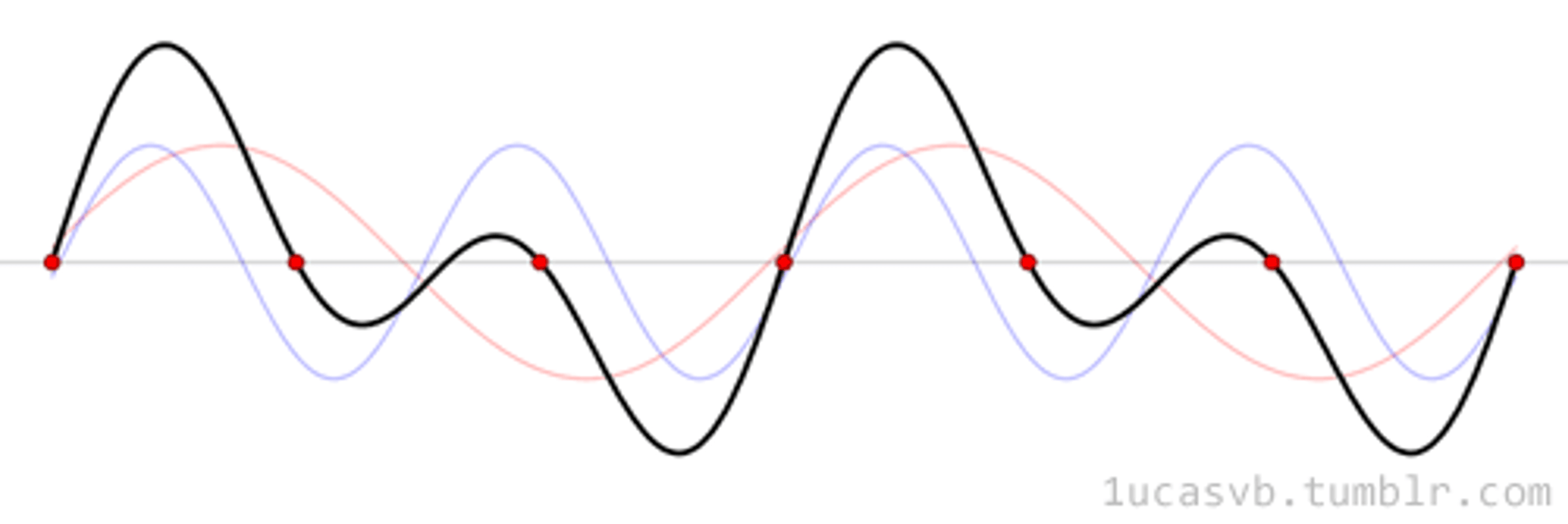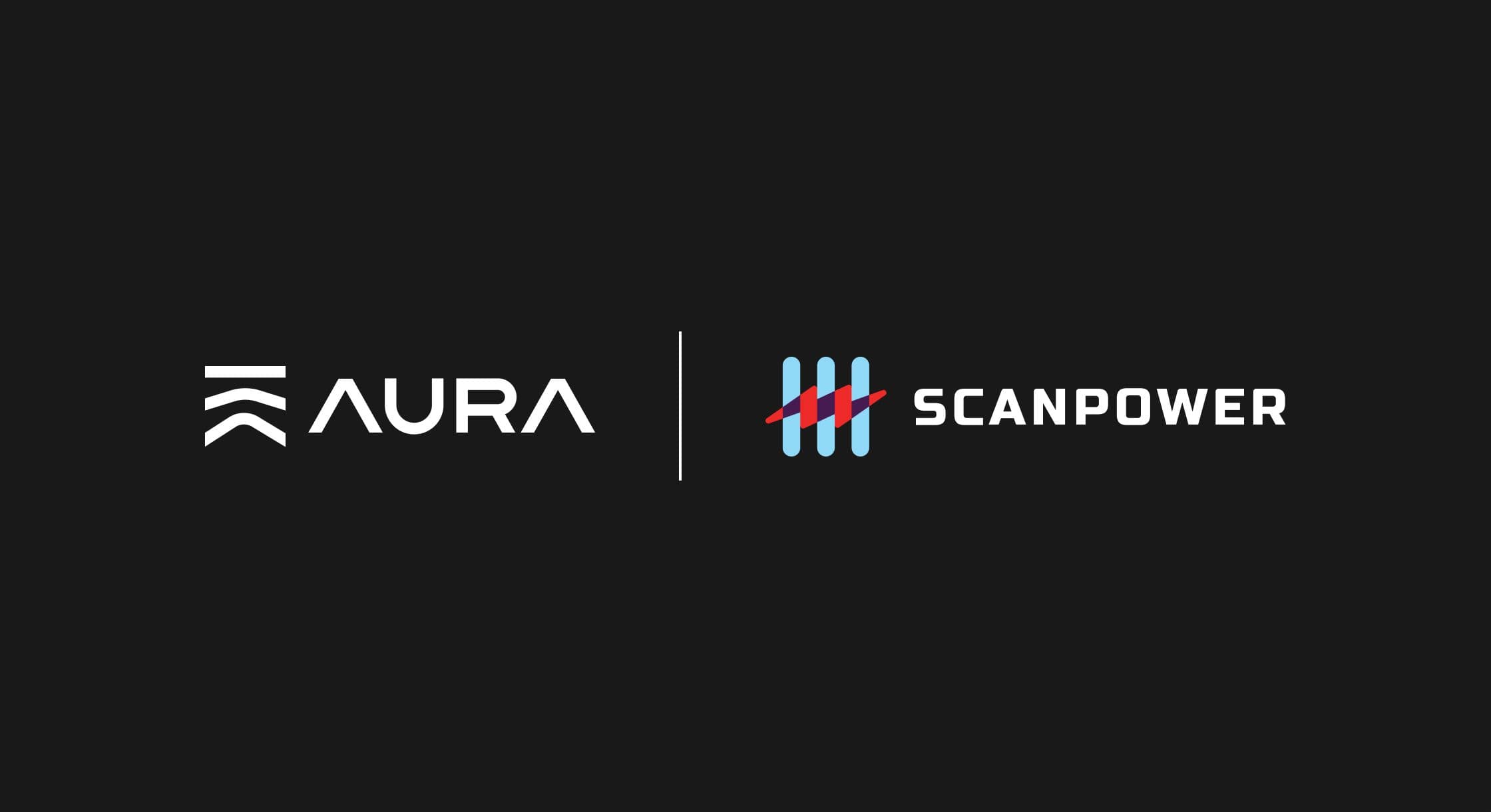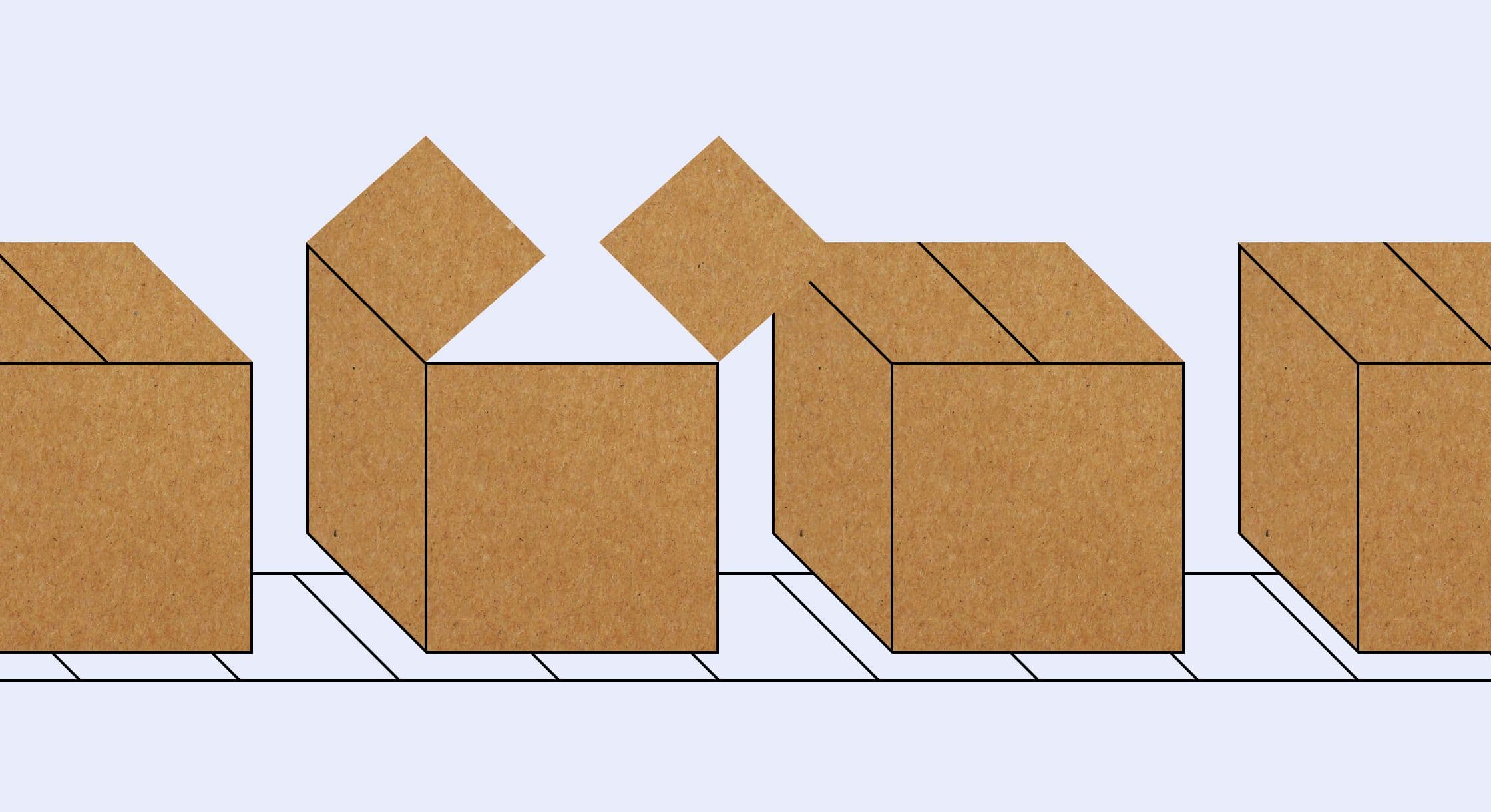/Avoiding a Race to the Bottom for Amazon Sellers

Avoiding a Race to the Bottom for Amazon Sellers
If you’ve been a seller more than a week you’ve likely experienced the dreaded race to the bottom that can occur on many Amazon listings. While this situation can drive anxiety into the best of sellers, there are many things that sellers miss about this opportunity — I used that term intentionally.
First, let’s start with what’s actually going on…
What is a race to the bottom on Amazon?
A “race to the bottom” is a domino effect that occurs when many sellers on an Amazon listing begin to lower their prices to win the Buy Box, causing the price to decrease significantly in a short period of time.
This is the reason why many Online Arbitrage and Retail Arbitrage sellers buy profitable inventory, only to see the price has tanked by the time it’s been checked in at an FBA fulfillment center.
I’ve personally lost thousands of dollars due to a price “tanking” between me purchasing my wholesale inventory and getting it available to sell.
However, there are some things you need to better understand to take advantage of this opportunity — there’s that word again.
How to automatically handle prices lowering
Let’s finally answer this “opportunity” question. Many sellers believe that a price lowering is a terrible thing, but that’s an incorrect assumption. Here are a few methods, and perspective shifts, that will help you moving forward.
1. Prices always fluctuate
If you watch a listing over a period of time you’ll notice that it’s price will fluctuate between a given range — meaning that it will also increase! So, rather than worrying about a price decrease, look at the average price a listing sells at. Doing this will help you better understand your average net profit per unit and allow you to free yourself from watching your prices too closely.

Prices can fluctuate for a number of reasons; sellers running out of stock, raising their prices, etc.
2. Automate the process
Here’s a crazy secret of larger sellers — they actively trigger these price changes!
Shocking isn’t it?! But let’s focus on the why for a moment.
One reason you may want to adjust your prices is the basic economics of supply and demand; as you lower prices more people will want to buy your products. Of course, there is a balance here. Lowering your price too much can cause you to lose profits, which isn’t acceptable. However, lowering your prices a bit could yield greater total profits in a period of time and help you avoid receiving long-term storage costs.
Let’s put it this way, would you rather seller 500 units with a net profit of $5 or 400 with a net profit of $6?
It’s a simple example, but many sellers are moving thousands of units each month. Imagine being able to increase your sales by 20-30% simply by lowering your prices a bit.
We can automate this process through repricing — allowing software to adjust your prices in real-time, within a Minimum and Maximum range, to ensure that you’re moving the most inventory at the most profitable price at all times.
Curious what repricing tool sellers use to save time, increase profits, and avoid a race to the bottom? You can learn more here.
Why it’s important to use a repricing tool
How many hours are you spending manually adjusting your prices each day? What if you shifted that time over to higher-value tasks like sourcing more inventory or creating systems?
This is where Amazon repricing tools can into play for Amazon sellers — it’s about shifting a massive amount of work to software that ensures you’re getting the most sales and the most profit out of your current inventory.
I’ve spoken with many sellers who’ve held inventory for months, saying that they need more capital to grow their business. When we look closer at their inventory, we often find tens of thousands of dollars in capital that’s been sitting in “stale” inventory.
That’s inventory that could have been profitably sold at a lower price months ago — the capital could have been spent with profit returns many times in the same period, yielding more ROI than what the stale inventory was theoretically going to give.
Side note: your Amazon business is a compound equation, so make sure you really understand what that means.
Using the Oscillation Strategy
I mentioned above that this is an opportunity, that’s because many sellers actively use a strategy of lowering their price to their advantage — getting sellers with lower quantities to sell out and then raising their price, increasing sales by 20-30% by increasing their Buy Box percentage, and focusing on the average net profit per unit.
The Oscillation Strategy is a repricing strategy that allows you to lower your price by $0.01 to increase your Buy Box percentage, which increases the volume of sales. The software then raises your price to your Maximum price once you’ve reached your Minimum, essentially increasing the average net profit.
What we see happen here, again and again, is an increase in total sales while maintaining a healthy, if not slightly increased, net profit.
Ending thoughts
Surprisingly, a “race to the bottom” isn’t as bad as you initially thought. In fact, there’s a proven strategy that many sellers use to their advantage every single day, and they are building massive businesses.
Additionally, whether you want to jump into such a strategy or simply avoid it, repricing allows you to create strategies to automatically handle it and ensure that you’re receiving the most sales and profits for your inventory, based on your goals.


